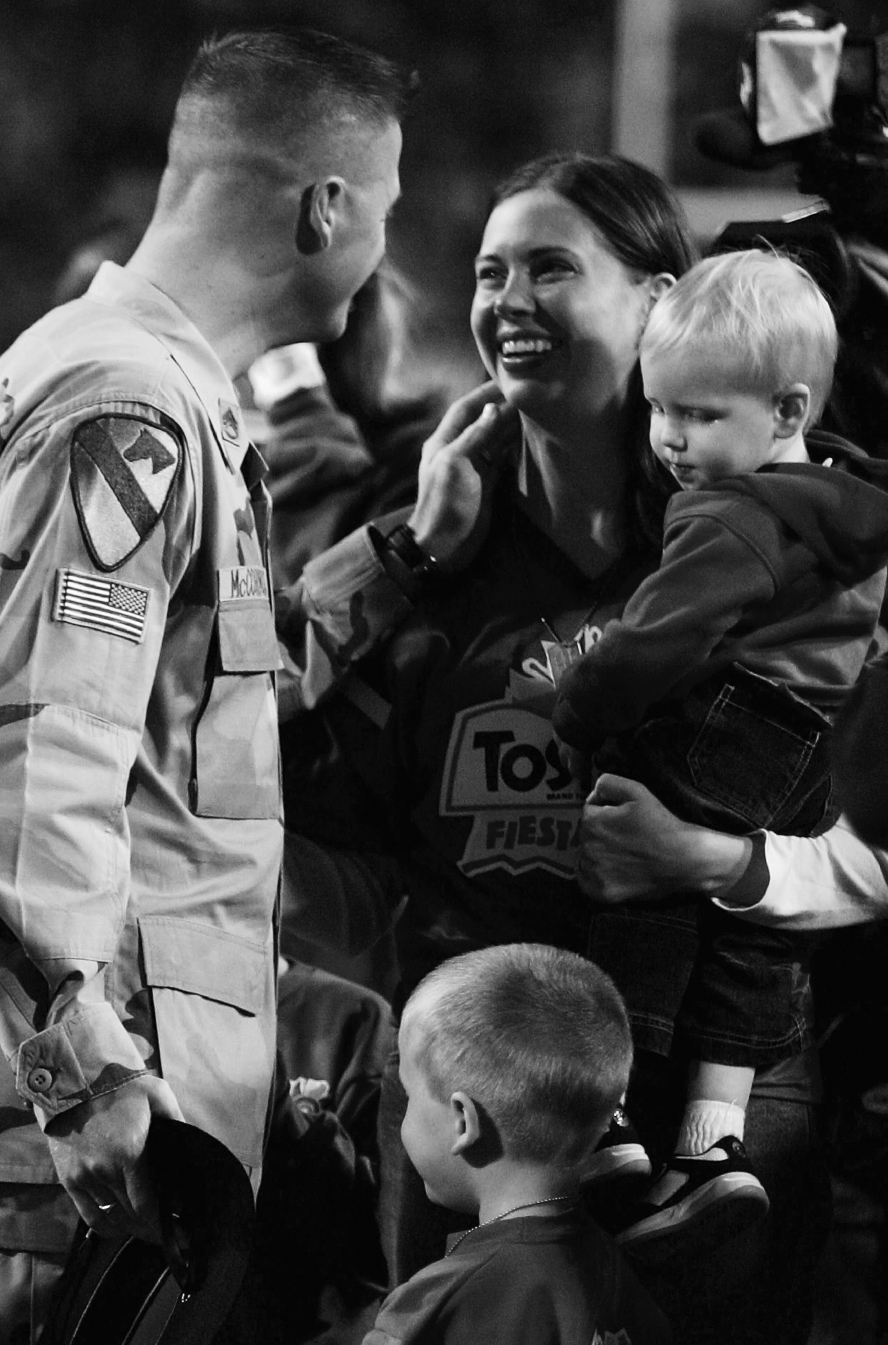7 Developing and Maintaining Relationships
7 Developing and Maintaining Relationships
Page 141

 Look for LearningCurve throughout the chapter to help you review.
Look for LearningCurve throughout the chapter to help you review.
Mary Marquez is a U.S. Army wife. She’s strong; she has to be. For a good part of the year, she manages her job, two teenage sons, their house, and her relationships, all while missing—and worrying about—her husband, Justin. When Justin is home, Mary obviously wants to spend time with him. But as soon as she’s feeling comfortable, he’s sent off to some other part of the world and she’s on her own again.
Mary and Justin are like many other families whose military-related separations put a strain on their communication and relationships. Justin and Mary often don’t know when and where Justin will deploy, and this uncertainty strains every member of the family as they struggle between the independence they must have and the connectedness they desire (Merolla, 2010b). Some military spouses deal with it by not dealing with it at all, engaging in arguments or shutting down communication completely. But Mary and Justin work on their communication. They hide notes for one another around the house while he is home. When he is away, they plan times when they can connect online, and during those conversations they try to focus on “normal” things like talking about their days or discussing a book they are both reading. Mary said these behaviors “made it feel more routine and made it feel like he wasn’t so far away” (Sahlstein, Maguire, & Timmerman, 2009, p. 431).
The distance and time zone differences are still difficult; when family members miss a connection, it can lead to hard feelings and misunderstandings. For example, one of Mary’s friends described how disgruntled her husband became when she and the kids weren’t at home waiting for his call.
CHAPTER OUTCOMES
After you have finished reading this chapter, you will be able to
Explain key aspects of interpersonal relationships.
Describe how and why we form relationships.
List the advantages and disadvantages of relationships.
Describe the factors that influence self-disclosure.
Outline the predictable stages of most relationships.
As you learned in chapter 1, people need to be in relationships with other people: relationships help us meet our needs for companionship and intellectual stimulation and also help us meet our physical needs. Could Frodo of The Lord of the Rings have survived without his friend Samwise Gamgee helping stave off the evil effects of the ring? Of course not! The military families we described here are no different; their relationships are important to their survival too.
In this chapter, we focus on interpersonal relationships, the interconnections and interdependence between two individuals. To understand these relationships, we need to be aware of the role communication plays in them. Interpersonal communication is the exchange of verbal and nonverbal messages between two people who have a relationship and are influenced by the partner’s messages. You engage in interpersonal communication in your most intimate relationships—when you sit down to a heartfelt conversation with your significant other or when you catch up with your best friend. But you also engage in interpersonal communication when you talk with your professor about your midterm grade and when you chat with your waiter at Chili’s. Even though your relationship with your friends or significant other is probably more important to you than your relationship with a waiter, competent communication allows you to meet personal needs, whether it’s support after a hard day’s work or getting the right dinner order.
Let’s take a closer look at interpersonal relationships and the communication that takes place in them by examining the types of relationships we form, why and how we do so, and what happens once we’re in them.